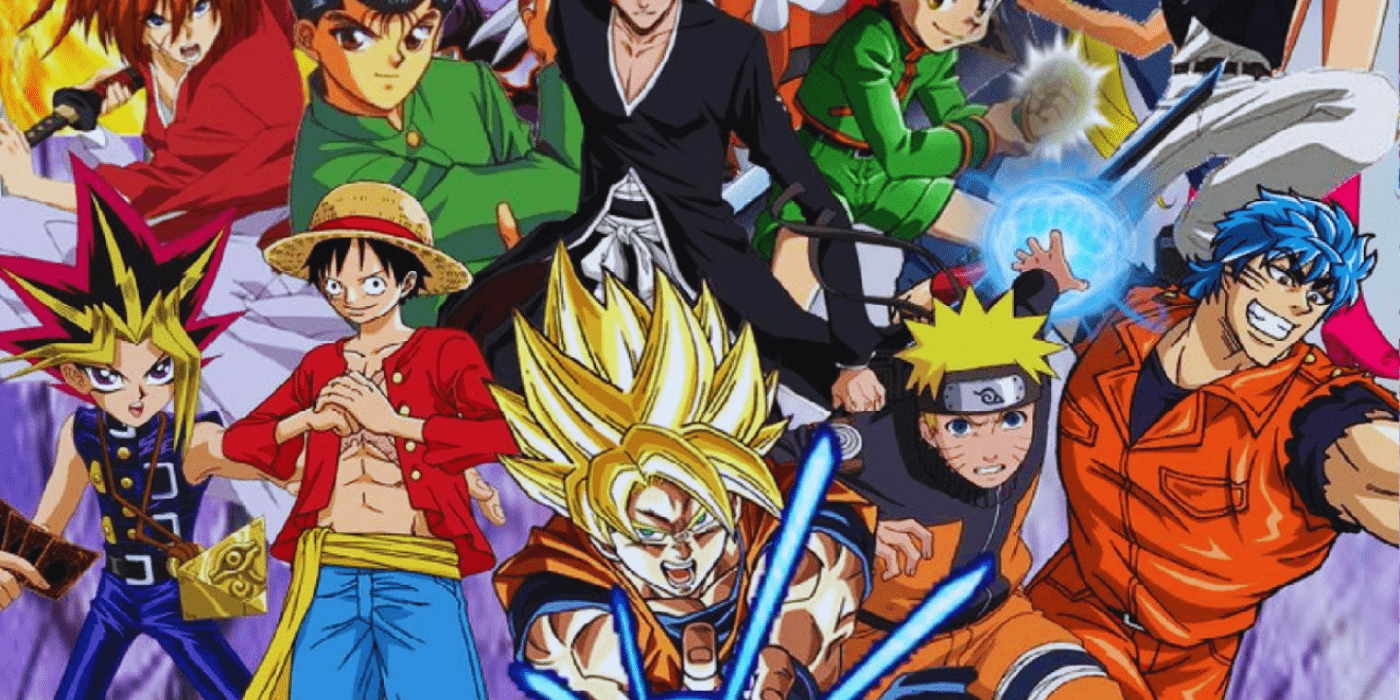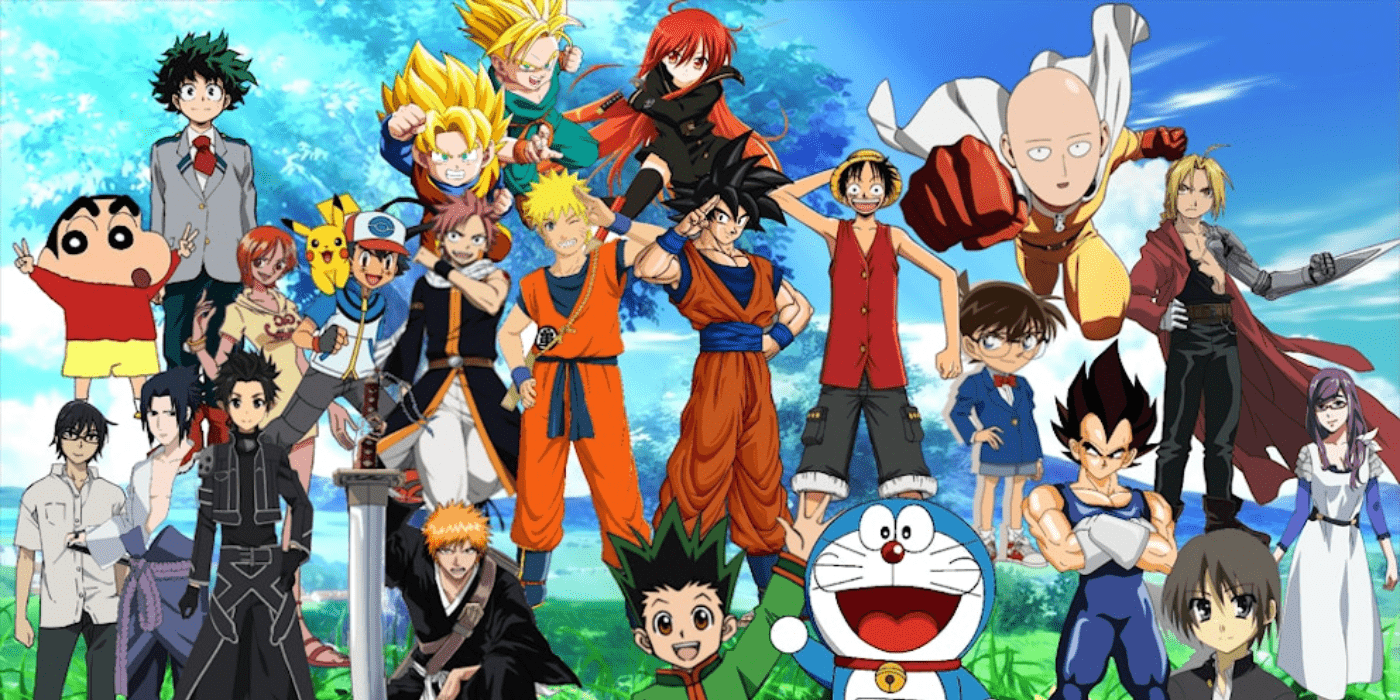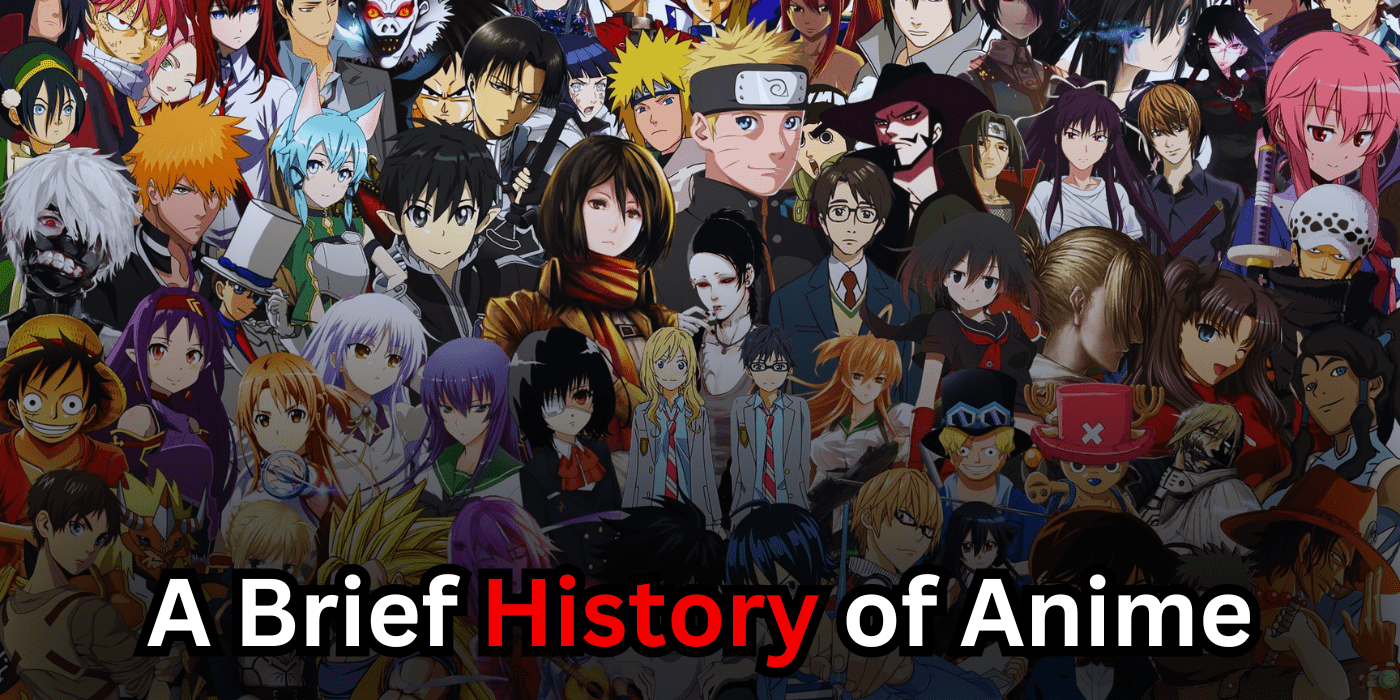Anime, a distinct style of animation originating from Japan, has grown into a global cultural phenomenon. Its rich history, spanning decades, reflects the evolution of Japanese art, storytelling, and societal influences. From its humble beginnings to becoming a multi-billion-dollar industry, anime has captured the imagination of audiences worldwide.
The Origins of Anime
The roots of anime can be traced back to early 20th-century Japan, when the nation sought to modernize its cultural outputs by adapting Western cinematic techniques. The first anime film, Namakura Gatana (1917), directed by Jun’ichi Kōuchi, represents one of the earliest efforts in Japanese animation.
Hand-drawn animation was rudimentary during this era, and many short films catered to local audiences, often revolving around folklore and simple storytelling.
The Golden Age of Japanese Animation (1940s–1950s)
The 1940s marked a turning point for anime as Japan entered the World War II period. Animation was leveraged as a propaganda tool, with works like Momotaro: Umi no Shinpei (1945), the first feature-length anime. Post-war Japan experienced significant cultural shifts, influencing the direction of anime.
By the 1950s, the industry gained momentum. Pioneers like Osamu Tezuka, often called the “God of Manga,” brought revolutionary changes. His manga-inspired animation, including Astro Boy (Tetsuwan Atom) in 1963, became a defining moment.
Tezuka’s innovations, such as large expressive eyes and minimalistic movement techniques, established stylistic trademarks still associated with anime today.
The Growth of Television Anime in the 1960s and 1970s
The 1960s and 1970s witnessed the expansion of anime through television broadcasts, bringing stories to wider audiences. Iconic series such as Speed Racer (Mach GoGoGo), Lupin III, and Doraemon emerged during this era.
This period also laid the foundation for the “mecha” (robot) genre, with series like Mazinger Z and Mobile Suit Gundam gaining immense popularity.
Anime production houses, including Toei Animation and Tatsunoko Production, played pivotal roles in establishing anime as a household name.
During this time, the commercialization of anime toys and merchandise began, creating a lucrative industry parallel to the shows.

The Advent of Studio Ghibli and High-Quality Storytelling (1980s)
The 1980s marked the beginning of anime’s golden age, primarily driven by innovative storytelling and cinematic quality. Directors such as Hayao Miyazaki and Isao Takahata co-founded Studio Ghibli in 1985, creating masterpieces like My Neighbor Totoro (1988) and Grave of the Fireflies (1988).
These films demonstrated anime’s potential to convey profound emotions and complex narratives, garnering global acclaim.
Simultaneously, anime began exploring mature themes and science fiction. Works like Akira (1988) and Ghost in the Shell (1995) gained international attention for their dystopian visions and groundbreaking animation techniques.
Globalization of Anime in the 1990s
The 1990s heralded anime’s entry into the global market. Series like Dragon Ball Z, Sailor Moon, and Pokémon became cultural juggernauts, captivating audiences far beyond Japan. The role of English dubbing and partnerships with international broadcasters allowed these shows to reach millions.
The rise of the OVA (Original Video Animation) format allowed creators to experiment with bold concepts and intricate stories.
This decade also marked the growth of anime conventions, where fans worldwide could celebrate their favourite series, purchase merchandise, and connect with like-minded enthusiasts.

The Digital Revolution and Streaming Era (2000s–Present)
The 2000s introduced a new era of anime production and consumption. Advances in digital animation made production more efficient, enabling studios to experiment with visually stunning works. Series like Naruto, One Piece, and Attack on Titan exemplified the genre’s global reach.
With the advent of streaming platforms such as Crunchyroll, Netflix, and Funimation, anime has become more accessible.
These platforms brought classic titles to new audiences and supported simulcasting, allowing fans to watch new episodes simultaneously with Japan.
Additionally, anime films continued to dominate. Makoto Shinkai’s Your Name (2016) and Miyazaki’s Spirited Away (2001) showcased anime’s capacity to tell universal stories with exceptional artistry.
Anime’s Cultural Impact
Anime is no longer limited to Japan it has become a global cultural force, influencing art, fashion, and entertainment. From cosplaying to anime-inspired tattoos, its reach transcends traditional boundaries. Shows like Demon Slayer and My Hero Academia dominate global streaming charts, proving anime’s enduring appeal.
Moreover, anime’s ability to tackle themes ranging from environmentalism to existentialism makes it a powerful medium for storytelling. With its diverse genres, there’s an anime for everyone—fantasy, romance, science fiction, or slice-of-life.
The Future of Anime
As we move forward, anime continues to evolve. Integrating virtual reality and artificial intelligence in production hints at exciting possibilities. Meanwhile, newer creators carry the torch of innovation, ensuring the medium remains fresh and relevant.
Now worth billions, the anime industry is poised for further growth as international collaborations and fan-driven demand increase. Its journey, from black-and-white reels to high-definition digital art, remains an inspiring testament to creativity and resilience.

